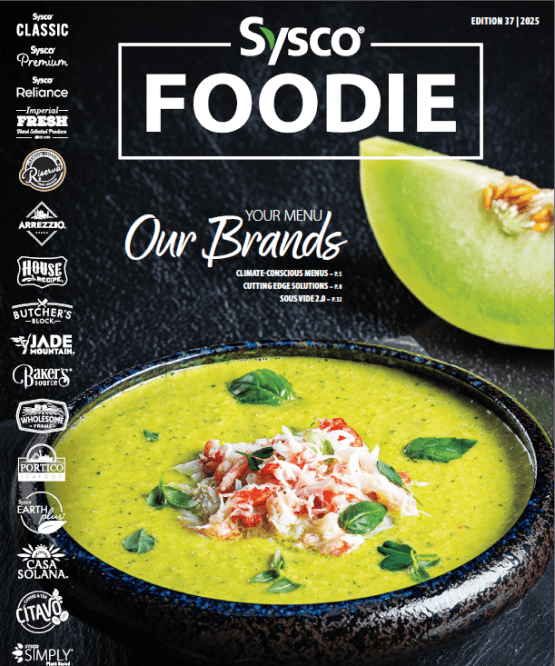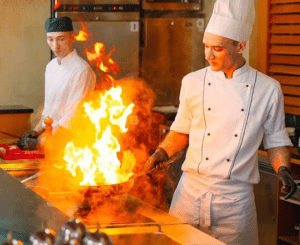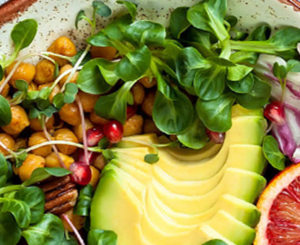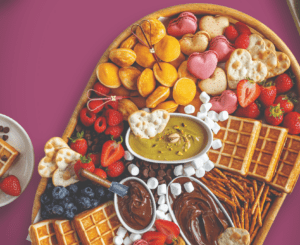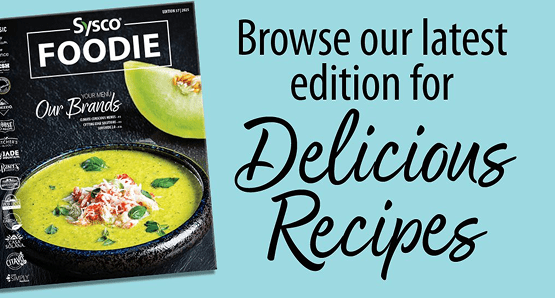With the holiday season looming ahead, it’s hard not to think about all the holiday food – main courses, savory sides, tantalizing desserts – all the delicious treats and eats that accompany these beloved celebrations. Traditional foods teach and remind us about our heritage, telling an important part of our story no matter what our background is.
The holidays bring friends and family together to share memories, cultural traditions, and great flavors, uniting everyone in a unique, uplifting way. Whether you’re looking to add a few new limited time only specialties to your menu, or appeal to a brand-new audience of diners, we hope these stories of varied holiday traditions and recipes inspire you this season.
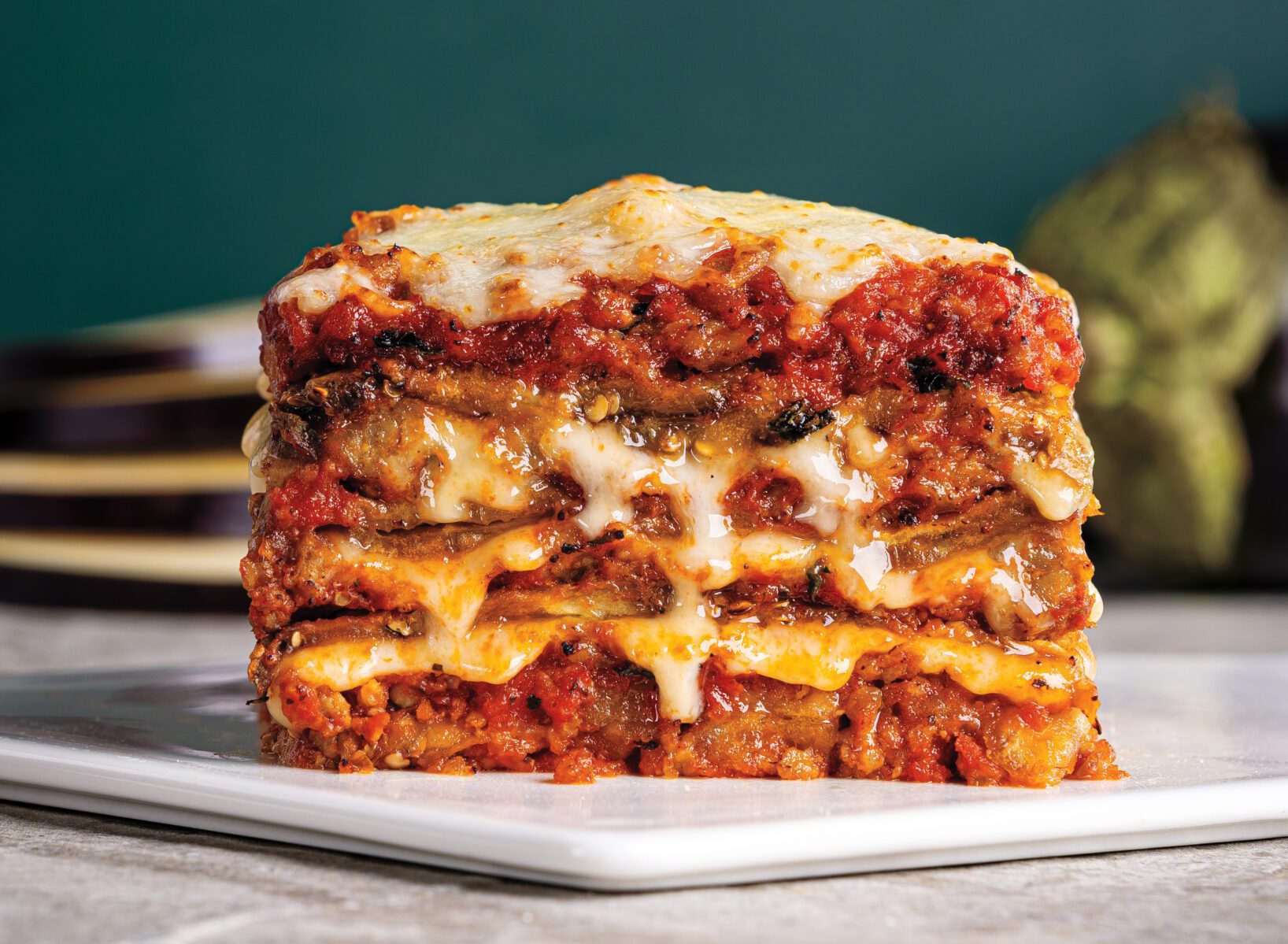
Saint Barbara’s Day – December 4th
Observed by Christians throughout the world, including Central and Eastern Europe, North America, and in the Levant, particularly in Lebanon, Syria, Jordan and Palestine, Saint Barbara’s Day is celebrated December 4th and represents the kickoff to the holiday season. According to the Encyclopedia Britannica, Barbara, a third-century martyr, was the beautiful daughter of a pagan, Dioscorus, who kept her guarded in a tower to protect her from harm. When she professed Christianity and refused marriage, he became enraged and took her to the provincial prefect, who ordered her to be tortured and beheaded. Hmmm….not such a nice guy.
Even worse, Dioscorus himself performed the execution and, upon his return home, was struck by lightning and reduced to ashes. Talk about karma.
Known as one of the Fourteen Holy Helpers, Saint Barbara is the patron saint of occupations related to lightning and fire, and protects artillerymen, firefighters, and miners. And while St. Barbara’s Day is celebrated across the globe, this holiday has special significance in Paterno, Sicily.
Sicilians honor the saint who saved the city from the Bubonic Plague. According to local lore, Santa Barbara appeared in a dream to a Benedictine nun in quarantine, and the nun begged her to save the city from the epidemic. The prayer was answered, the city defeated the plague, and Saint Barbara was proclaimed patron of the city in 1576.
In honor of Saint Barbara, we’ve crafted two delicious recipes as part of a traditional Sicilian feast for the holidays: Eggplant Lasagna and Veal Cannelloni. Whether served as a main entrée, or prepared and packaged in bulk trays for to-go or off-premise entertaining, these hearty, filling dishes are sure to please.
Click here for full recipes of Eggplant Lasagna and Veal Cannelloni.
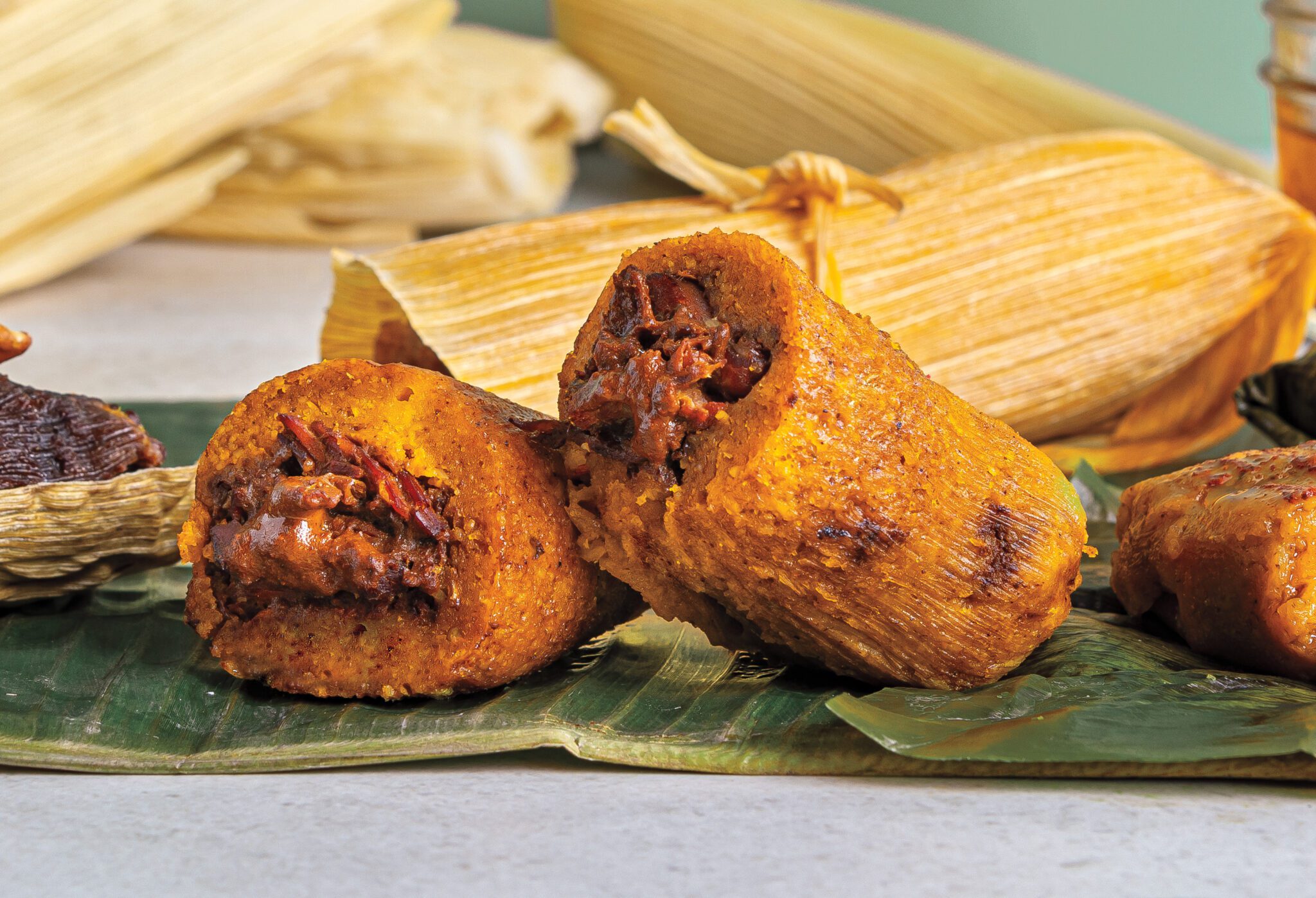
Holiday Tamales
During the holiday season, tamales are a popular tradition across many Latin American countries as well as the United States. Tamales can be sweet or savory, and there are dozens of recipe variations, but these delicious packages all include a dough stuffed with a tasty filling, wrapped inside a type of corn husk or a leaf, and steamed. Savory recipes might call for shredded beef, chicken, pork, and vegetables, while sweet ones may include bananas, chocolate, and raisins.
The sheer diversity of tamales is a tasty journey itself through various countries. In Mexico, tamales can vary from region to region, with some wrapped in banana leaves versus the traditional corn husks. Guatemalan versions have a distinctive flavor that uses cinnamon, cloves, and other spices. In Columbia, tamales are often made from yellow dough with rice, chickpeas and a hard boiled egg wrapped in a plantain leaf.
In Venezuela, “hallacas”, the country’s tasty take on tamales, usually feature a hearty meat stew with raisins, capers, and olives, wrapped in plantain leaves.
Popular in the Dominican Republic and Puerto Rico, “pasteles en hoja” are similar to Mexican tamales, but they’re made from different ingredients. Instead of a corn “masa”, a plantain and root vegetables batter is used as the base. They can be stuffed with beef, chicken, or other filling and then wrapped in a green banana or plantain leaf, then boiled instead of steamed.
Fun fact – do know how tamales came to be associated with Christmas? We know them to be flavorful, richly filled pockets of deliciousness, but in ancient times, tamales were also considered a sacred dish.
Many indigenous tribes of Mesoamerica believed that the Gods provided corn specifically to keep humans thriving. Some cultures even tell stories of humankind being created from the corn itself. As such, corn-based dishes were a natural choice for ritual offerings.
When Spanish conquistadors invaded the Americas, they brought Christianity with them and the thinking is that over time tamales became associated with special occasions. As Christianity spread, the tradition was transferred to the most important holiday on the Christian calendar – Christmas.
Tamales have and continue to represent culture, tradition, memory, and life, a celebration of the season and of being together with family. Feature tamales as a menu offering, versatile as an appetizer, entrée or added to a combination plate. Better yet, package and sell them by the dozens to-go. Sysco International Masa Harina has a free flowing, fine texture, and a shorter prep time, requiring just a little water, minimal kneading, and a short heating time, making it ideal for high-volume operations.
Click here for Chocolate Tamales, Turkey Mole Tamales, and Birria Pasteles.
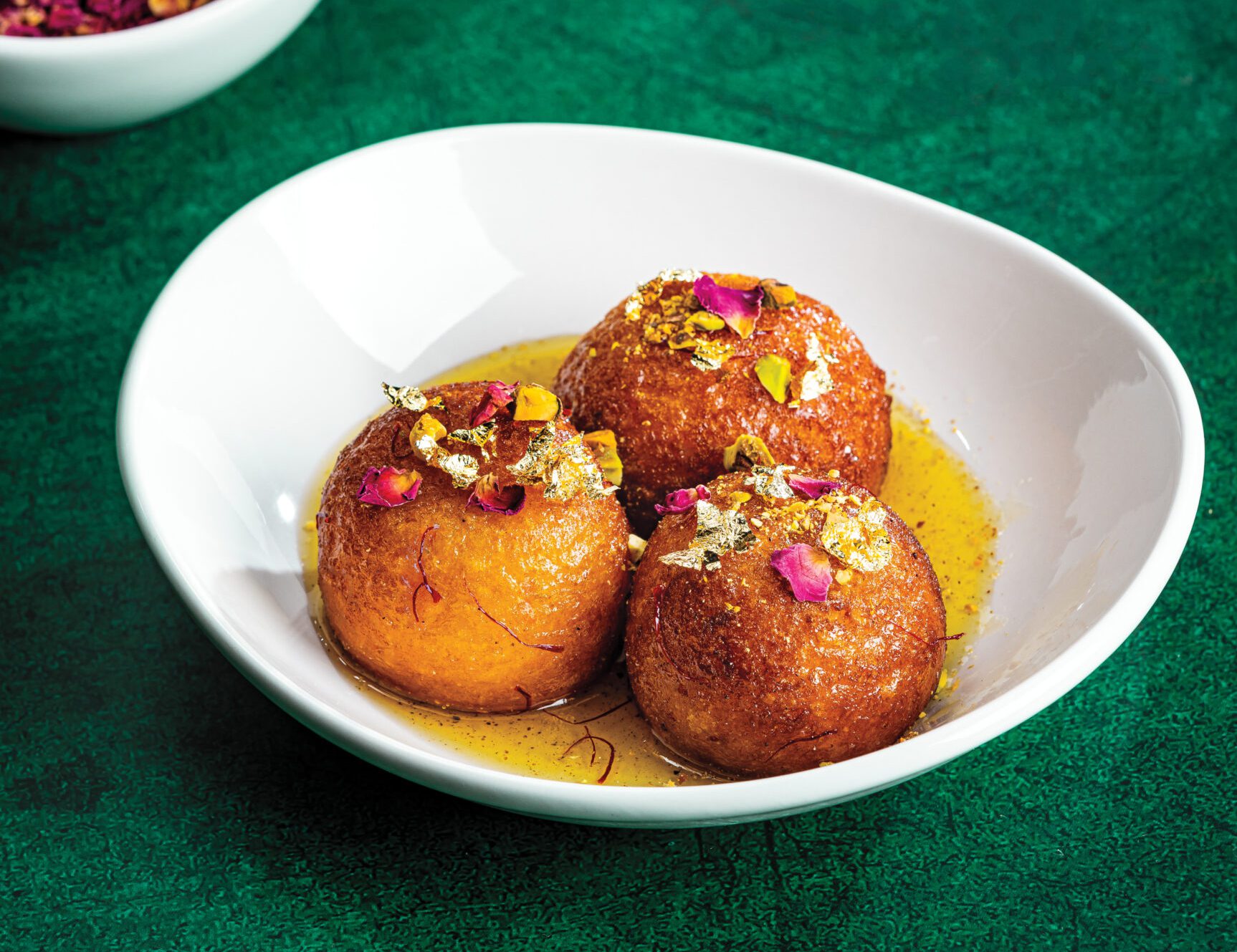
Diwali – The Festival of Lights
Diwali is the Indian “festival of lights” – a holiday that celebrates the triumph of light over dark and good over evil, and the blessings of victory, freedom, and enlightenment. While the festival is linked to multiple different stories and texts, the most common and celebrated story that is associated with Diwali is that of Lord Rama along with his wife Sita and younger brother Lakshman returning to Ayodhya after a 14 year long exile and war where they defeated Lanka’s demon king Ravana. To welcome them, the people of Ayodhya adorned their homes and streets with clay lamps.
A five-day celebration, Diwali actually takes its name from the rows (avali) of clay lamps (deepa) that Indians light throughout their homes and in the streets to light up the dark night and symbolize the inner light that protects from spiritual darkness. Primarily observed by followers of the Hindu, Sikh, and Jain faiths, Diwali has since become a national festival that’s also enjoyed by non-Hindu communities around the globe.
Homes are decorated, and floors inside and out are covered with rangoli, consisting of elaborate designs made of colored rice, sand, or flower petals. The doors and windows of houses are kept open in the hope that Lakshmi, the goddess of prosperity, will find her way inside and bless the residents with wealth and success.
The main celebration of Diwali takes place on the day of the new Moon, when the sky is at its darkest, so a big part of the celebration revolves around light. Candles, clay lamps, and oil lanterns are lit and placed throughout the home, in the streets, in areas of worship, and floated on lakes and rivers. Fireworks are also set off on the night of Diwali—said by some to ward off evil spirits.
During this time, like so many other cultural celebrations, food unites family and friends, links past and present, and is definitely the star of the show! Wearing their best new clothes, families gather to eat sweets and other special foods, light diyas (decorative oil lamps), and pray for their ancestors.
And while there are many different things that might be eaten during Diwali, the indulgent sweets always take center stage.
Two of our Sysco chefs’ favorite indulgences are Gulab jamuns and mango kulfi. Galub jamuns are little, fried balls of a milk-based dough that are soaked in a sugary syrup scented with cardamom, saffron, rose water, and other spices, served warm or at room temperature. Mango kulfi is frozen dessert made with mango, sweetened condensed milk, cream, sugar, cardamom and saffron. The batter is then poured into kulfi molds, steel cups, or popsicle molds and frozen until firm.
These treats are a great way to experiment with some new dessert options for your menu. Galub jamun can be made ahead of time and served warm or at room temperature. They hold well and extra product can be stored in the refrigerator for several days.
Click here for Gulab Juman recipe. Click here for Mango Kulfi recipe.
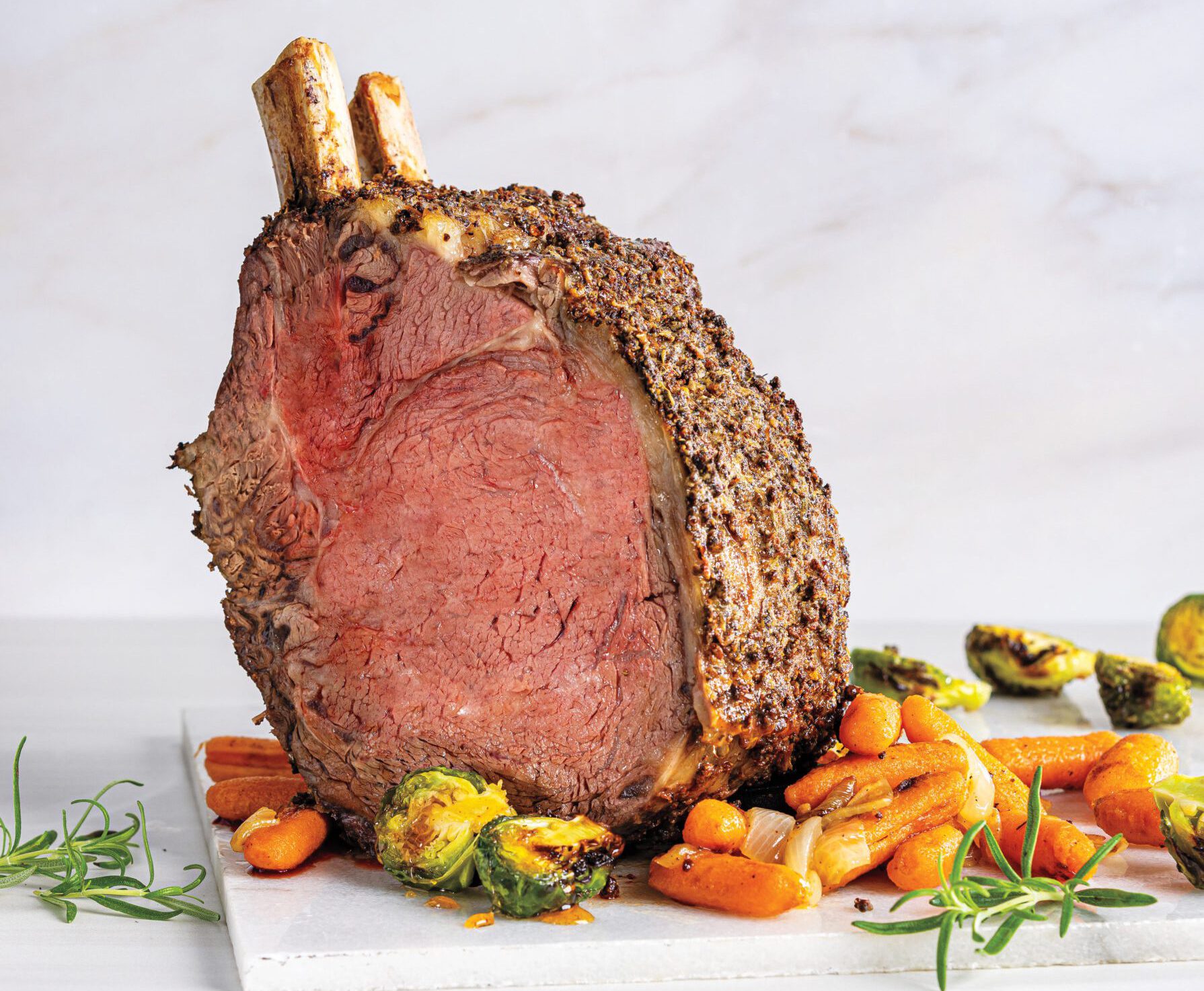
Up the Ante with Sunday Roast for the Holidays
While some guests will continually opt for the traditional ham or turkey dinner, patrons are always impressed with a quintessential English holiday dinner of roasted prime rib, Yorkshire pudding, and all the classic trimmings.
So fancy, the origin of the prime rib is believed to lie in Great Britain. Those from British households will recognize the standing rib roast as a traditional “Sunday Roast” – the meat would cook for long hours in the oven as the family attended church services. All resulting in an elementally British evening, built on generosity and conviviality, plus copious amounts of good food and drink.
Prime rib soon became a traditional Christmas meat, adorning the holiday tables of families in Australia, New Zealand, Ireland, Canada, the United States, and many other parts of the world. Each country has its own traditions that tie in with what to serve with prime rib, but in Britain, Yorkshire pudding is the favored companion. These savory popovers are a deeply rooted part of the British food culture and have a long history as the perfect complement to the roast.
Prime rib is also a favored main course during the Jewish celebration of Hanukkah. Many observant Jews follow kosher dietary laws and will only prepare and eat kosher cuts of meat, cuts that are predominantly drawn from the forequarters of the animal. Muslim gourmands also adhere to a specific set of dietary laws, with permissible foods deemed halal. Depending on which set of guidelines are followed, prime rib can be certified kosher or halal, making it a great choice to appeal to a variety of patrons with different dietary lifestyles. As one of the most flavorful and tender cuts of meat, prime rib has a certain decadence and elegance that adds a WOW factor to any holiday table. Hence it continues to extend its popularity as a special occasion meal across the globe.
Back in “the day”, the 1700s specifically, the pudding was traditionally cooked underneath a roast, where it would catch the drippings as the meat cooked. The drippings, essential in the diet, were utilized rather than lost to the fire. Sources of these essential fats, particularly in the North of England, were more difficult to obtain at that time, especially with the high cost of meat, so every single drop was used. Who knew that using those drippings would be an early example of “upcycling” food waste! Serving the rich, pillowy dish was also a way to fill guests up and stretch the costly main course.
Today, Yorkshire pudding is as popular as ever. For the perfect holiday dinner, you can’t go wrong with traditional Yorkshire pudding drenched in gravy, followed by roast beef and vegetables. Feature it as a seasonal limited time offering, and who knows? It may even make it on your menu as a new Sunday special!
Food is one of the most powerful ways we remind ourselves of our unique and distinct heritage, and the different cultures and culinary traditions of the holidays can add exciting new spins to old standards and offer new tastes as well. We hope we’ve inspired you to add a few new favorites to your menus as well!
Click here for our complete recipe for a standing rib roast, Yorkshire pudding and Fried Brussels Sprouts w/ Roasted Garlic Goat Cheese.
Looking for the ultimate in convenience? Sysco also has a fully cooked, deliciously seasoned select beef rib roast, ready to just heat and serve!
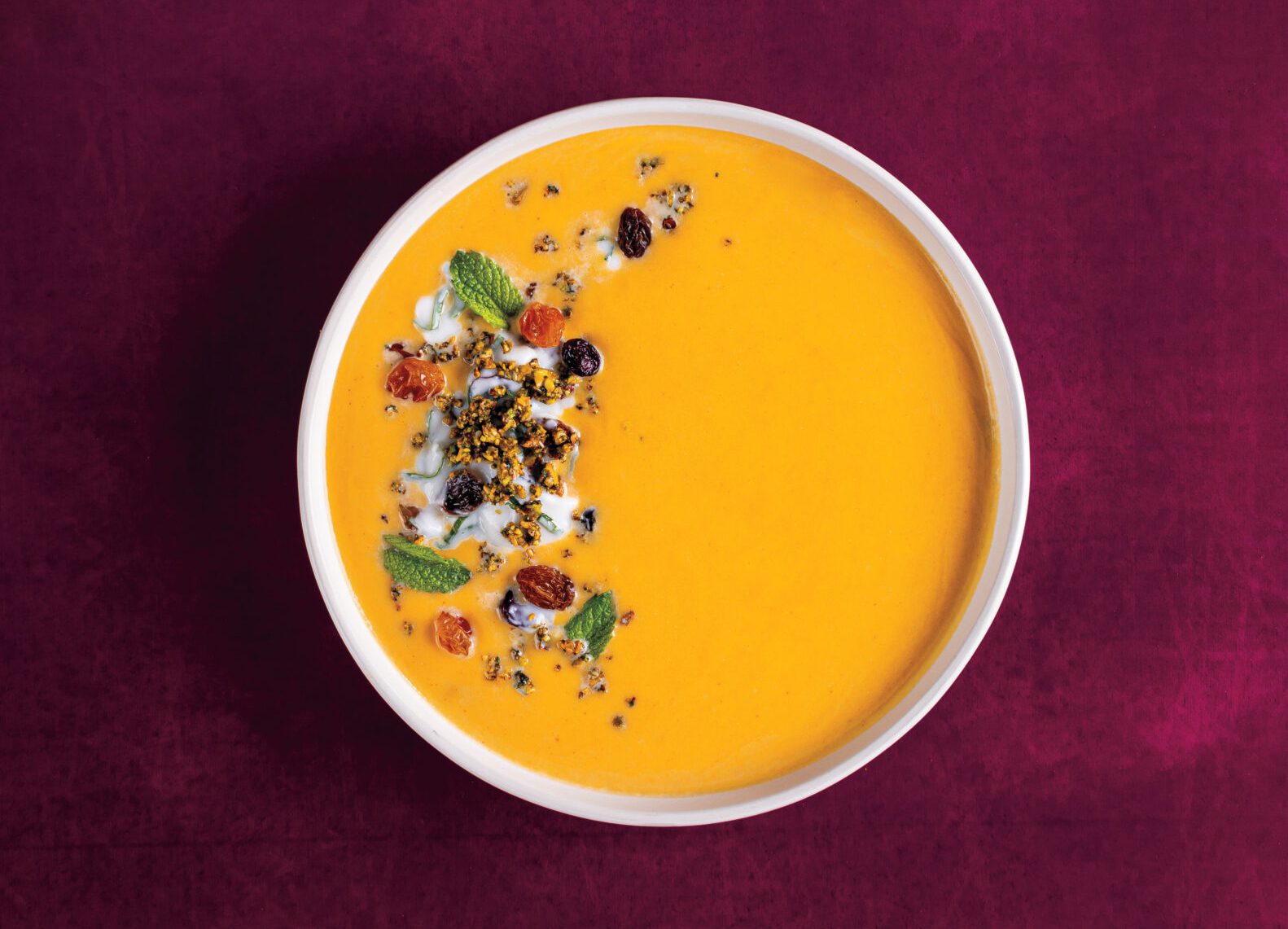
Comfort in a Bowl.
Winter squash soup is super creamy and full of cozy fall flavor, a great way to take advantage of this wonderful and nutritious vegetable. While various versions of squash soup are known throughout Europe, North America, Africa, the Caribbean, Asia, and Australia, pumpkin soup, specifically soup joumou, holds special meaning during the holidays for the people of Haiti. Rich and savory, this soup features winter squashes like pumpkin, along with beef, vegetables, peppers, and spices.
During the colonial rule throughout the 17th and 18th centuries, enslaved Africans in the French colony of Saint-Domingue (now modern-day Haiti) cultivated the squash and prepared, cooked and served the soup, yet were prohibited from eating it themselves. The delicacy was a symbol of status, something reserved for French slave masters. Following an insurrection that grew to a full-fledged revolution, Haitian slaves defeated the French military and declared for themselves a republic on January 1, 1804.
After freedom, it was time to celebrate by eating the decadent soup that was once forbidden to them. Every New Year’s, Haitians around the world consume soup joumou as a way to celebrate Haiti’s Independence Day.
Kabocha squash, also known as Japanese pumpkin, was first grown in Cambodia and was brought to Japan and South America by the Portuguese in the mid-16th century. With an especially sweet flavor, even sweeter than butternut squash, it’s delicious when pureed into a rich, thick soup, and equally as popular cubed in broth-style soups.
In Vietnam, kabocha squash is simmered with pork to make a traditional soup called canh bi do thit heo. Filled with tender ground pork marinated in fish sauce and sugar, this aromatic soup is full of fall flavor. Similar versions are also popular in Hawaii and the Phillipines. In Thailand, sweet coconut milk, ginger, cilantro, and lime transform this humble gourd into a luscious creamy soup.
Travel back across the South Atlantic Ocean and you’ll find squash soup is also prevalent in South African cuisine. Every variety of squash grows in South Africa, and the resulting soups are crafted with unique fusions of flavors, representing the incredibly diverse history, culture, and people of this region.
In the mid-17th century, the Dutch East India company established a trading post in South Africa, which was directly in the “Spice Route” and served and replenished sailors between Europe and Asia. As a result, the cuisine was heavily influenced by the Dutch, British, Indian, German, French, Portuguese, and Cape Malay immigrants. Many recipes of South African butternut squash soup still reflect this combination of cultures with ingredients such as roasted bananas, coconut milk, curry, nutmeg, allspice, and Peri-Peri seasoning.
Inspired by South Africa’s embrace of the various cultures and communities that influence their cuisine, we have a delicious recipe for Winter Squash soup that can be customized with a variety of different garnishes that add a bit of ethnic flair, including Hispanic, Italian, Indian, Asian, and Mediterranean themed toppings.
Click here for our Winter Squash Soup recipe along with a variety of unique garnishes.


